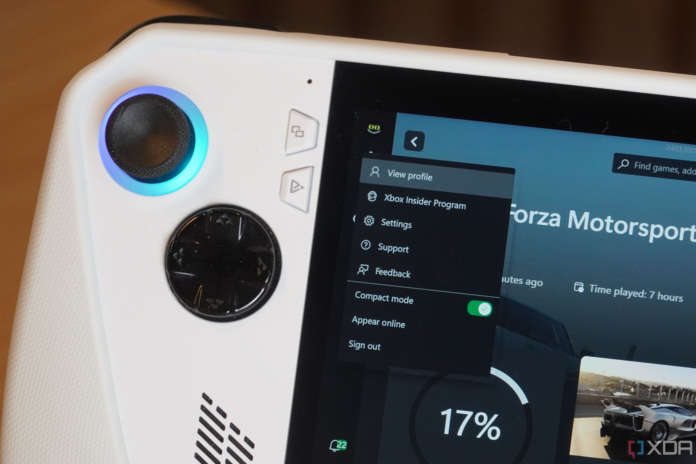Microsoft has been talking about its own Xbox PC gaming handheld for some time now, whether through hints earlier this year from Microsoft Gaming’s CEO Phil Spencer or recent comments confirming that an Xbox gaming handheld is in the prototyping stages. The big problem here is that the company has competitors that don’t exist in the console market because almost every PC manufacturer has built its own PC gaming handheld, and they overwhelmingly run Windows, the operating system that Xbox PC games run on.
We don’t even know how far into the prototyping stages the company is, and any ready-for-market Xbox handheld is likely years off. By that time, either Valve will figure out how to make the Xbox Game Pass run on the Steam Deck, or the PC manufacturers will have the market locked down. So, the question stands: when an Xbox gaming handheld comes out, will anyone care?
The PC gaming handheld market is maturing
Microsoft needs to get a move on before the market crowds it out
Close
The market for PC gaming handhelds has reached a point where big-name PC manufacturers like Asus are already on their second iteration of devices, and there is no sign of slowing down anytime soon. MSI is working on its second iteration of the Claw, Lenovo is working on a successor to the Legion Go, and Acer announced its first handheld recently.
That’s just the big names, but companies like Ayaneo have been pushing out weird and wonderful PC gaming handhelds on the regular, as have Onexplayer, GPD, and a handful of crowdfunding darlings. Advances in efficiency for mobile chips have meant these handhelds have plenty of power for the resolution of the screens they’re paired with, and the rapid development cycle means they can gather user feedback and incorporate that into the next devices pretty quickly.
Related Asus ROG Ally X review: Top-notch hardware dragged down by Windows The ROG Ally X’s hardware should make it dwarf the Steam Deck, but once again, Windows is a huge asterisk.
We’re even getting close to a convergence point where the handhelds all use the same chips, have roughly the same design, and have similar control schemes. You know, just like TV gaming consoles have become more similar over time, and that’s a good thing. This means developers don’t have to worry about weird control schemes, or if, like the Steam Deck or Legion Go’s touchpads, the hardware manufacturer can make sure the device plays nicely with whatever software is running on it.
The Windows-powered PC gaming handheld market is maturing rapidly, and will continue to do so while Xbox plans its next move. Let’s not forget that Valve is working on a Steam Deck successor, and while we don’t know when that might arrive, with the feats of compatibility the company has already managed with getting Windows games running on Linux, there is every chance Game Pass for PC will work on the Steam Deck without resorting to Xbox Cloud Gaming through a web browser.
Crucially, you can already run the Xbox app on every PC gaming handheld
So, if Microsoft is playing catch-up on hardware, it also has a problem on the software side of things. The vast majority of PC gaming handhelds run Windows 11, which already supports the Xbox app that lets you install and play Game Pass for PC and other Xbox games on your computer. That means gamers are already used to playing Xbox games on the hardware they already own, and even worse, Microsoft has to spend time and effort making the Xbox app better on smaller screens while its eventual competitors cash in. Microsoft will have to do something truly special to win those gamers over to its own hardware.
Related How to get Xbox Game Pass on Steam Deck Enjoy Xbox Game Pass games on your shiny new handheld by following these steps
Windows is still the biggest problem
Until it gets more controller-friendly, Xbox handhelds are a non-starter
Close
We have extensive hands-on experience with most of the PC gaming handhelds that have hit the market, and every review has a common thread. That’s because while the hardware gets better every time, Windows remains a limiting factor. More so than battery life, CPU or GPU power, or even ergonomics, there are issues with running Windows on a smaller touchscreen that make the experience subpar.
There isn’t one major issue that makes it less enjoyable than using a Steam Deck or Nintendo Switch, but a laundry list of minor annoyances that add up quickly. Things like inaccurate touchscreen presses on UI elements or the fact that Windows is difficult or impossible to navigate with a controller. Scaling issues with screen elements are often an issue, especially if the manufacturer has used an odd resolution, like on the Legion Go. And even the Xbox app for PC had issues until very recently.
The Steam Deck has controllers and touchpads for better choice
Compare that to the experience on the Steam Deck, where the combination of a unified dashboard in Game mode and both joysticks and dual touchpads work in both Game and Desktop modes gives you a much nicer experience when navigating menus. To be fair to Microsoft, Valve could only do this because it had control over hardware and software, and maybe that’s what the Xbox gaming handheld needs.
It’s not necessarily a Microsoft-built handheld that gives the blueprint, but Microsoft is flexing its software muscles to make Windows 11 workable on the form factor, with a list of required or suggested hardware components that PC manufacturers would need to use. That’s not far from how laptops and prebuilt PCs are built anyway, so the pushback might be minor, if at all. Think of it more as a core compatibility list instead of a prescriptive list that manufacturers can’t deviate from or iterate on.
Related 4 ways that consoles are making PC gaming better If you’re a PC gamer, there are still a few reasons to keep an eye on what’s happening in the console space.
But it’s not all bad news
It’s time to see how serious Microsoft is about




